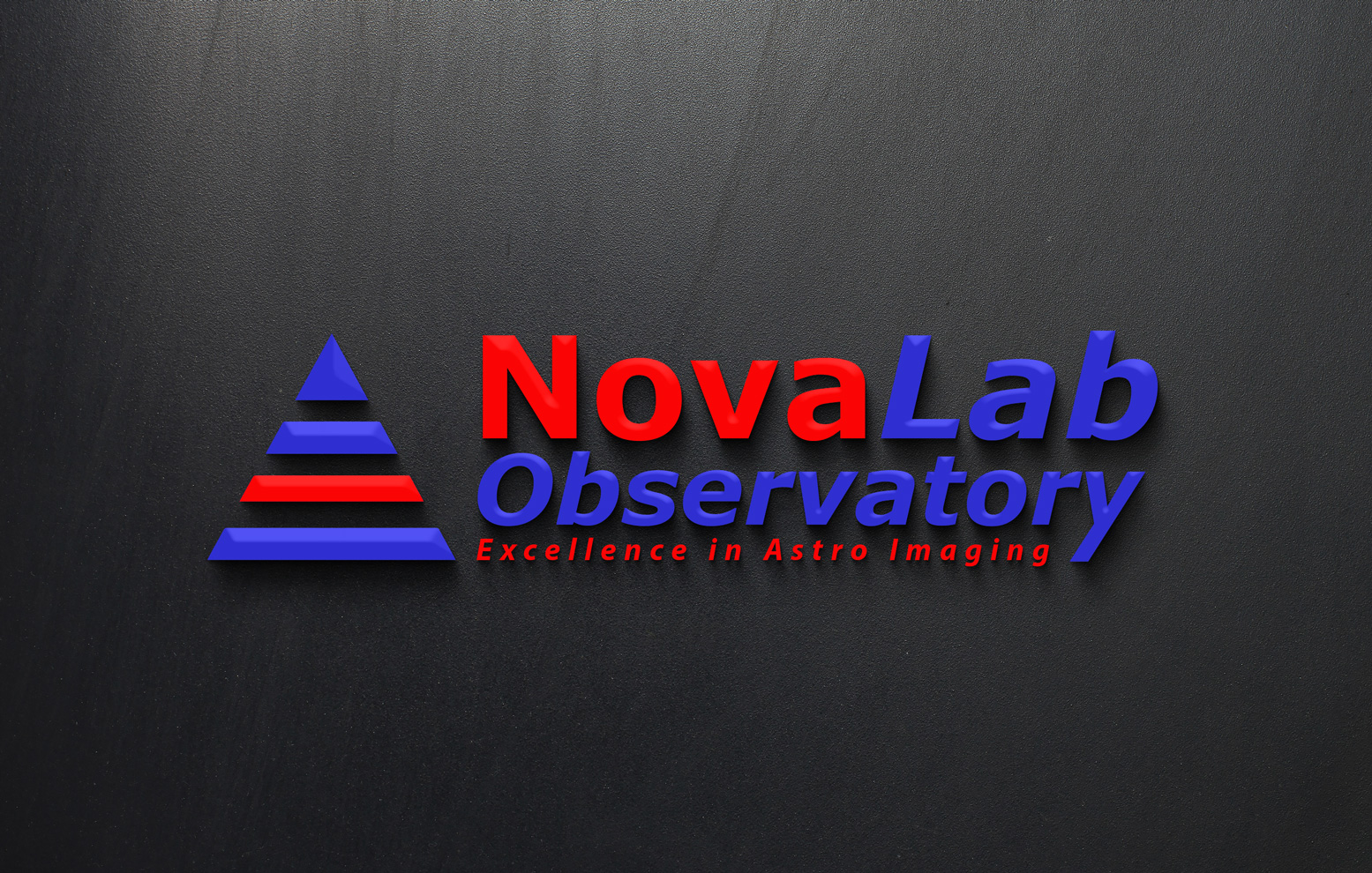Astrophotography CAD
Software to help astronomers choose, optimize or design astrophotography systems and plan exposure settings for superior imaging under a variety observing conditions. A must have for serious astrophotographers.
Calculate your system’s Limiting Magnitude, predict SNR and see how changing components will affect it. See the impact of seeing, sky pollution, haze, target and site elevations, aperture, cameras and filters. Find true optimal binning and system F# for best sensitivity. Discover which manufacturer’s camera, OTA or filter will perform best in your system.
The included library contains over 151 Cameras and Imager Sensors, 110 OTA’s and 76 filters from various manufacturers.
Astrophotography CAD helps users better understand how their Astro-imaging system will perform, what are its limits, and which parameters will enhance the results.
- Compare, optimize or design Astro-imaging systems by simulating OTA, Imager and Filter combined performance from 350nm to 1000nm. This is particularly important before significant purchases, such as telescopes and cameras. You will be reasonably assured that the system will really do what you need it to do.
- If you are looking to purchase new camera, OTA, focal reducer or filters, this application will help you make the right decision.
- If you already have an existing imaging system, this application will help you optimize its optical train, and select the correct imaging parameters, such as the sub duration and total exposure length.
- If you have a particular goal in mind, this will help you determine how long of a total exposure time you need, which filters to use etc.
- When designing your system from the available components, or looking to make an upgrade, this application will predict what you can expect from the finished product – before you actually spend the time and money purchasing or making it.
This software mathematically models your complete system, and performs detailed, spectroscopically granular simulation and analysis. It performs hundreds of thousands complex calculations for each analysis in order to provide you with detailed and accurate picture of systems capabilities.
Astrophotography CAD will run on Windows 7, Windows 8, Windows 10 and Windows 11, on both 32 and 64bit operating systems. It requires .NET Framework 4.7.2 or higher, and minimum display resolution of 1200 x 720 pixels (WXGA). High resolution 4K displays are supported.
Downloaded application will run in a demo mode without a valid license. The demo is limited to 10 executions without the license which should allow you to evaluate it prior to purchase. The demo is full featured, but you will not be able to change, create or modify OTA or the Imager to match your system. To purchase a license, click on BUY button.
I was doing so much wrong!
Until now I was doing so many things so wrong. Although I have been imaging for quite a while now with my 8″ LX200 I never clearly understood the impact of different things on the end result. There are so many opinions you can find if you search the web, all of them authoritative sounding – and most of them wrong! This software has completely changed my understanding and led me to do things that actually work. Highly recommended!
Simply Superb!!!
I was lucky enough to be the beta site for this software. All I can say is that it is absolutely superb. Never has there been anything that predicted what performance I can get for my money. Considering how much our hobby costs, this is a steal. In my observatory I use few telescopes, ranging from 80mm APO to C14, and have since made modifications to nearly all of them. The result is I can image almost a magnitude deeper (and that is a lot more stars) in the same exposure time. I actually ended taking stuff out of my imaging train. I wish I knew this before I spent the money in the first place. Also, since I do lot of photometry, along with improved SNR, I now bin off-chip and have ability to have better and more reference star choices. Who knew it made so little difference to the SNR. Thanks Chris.


